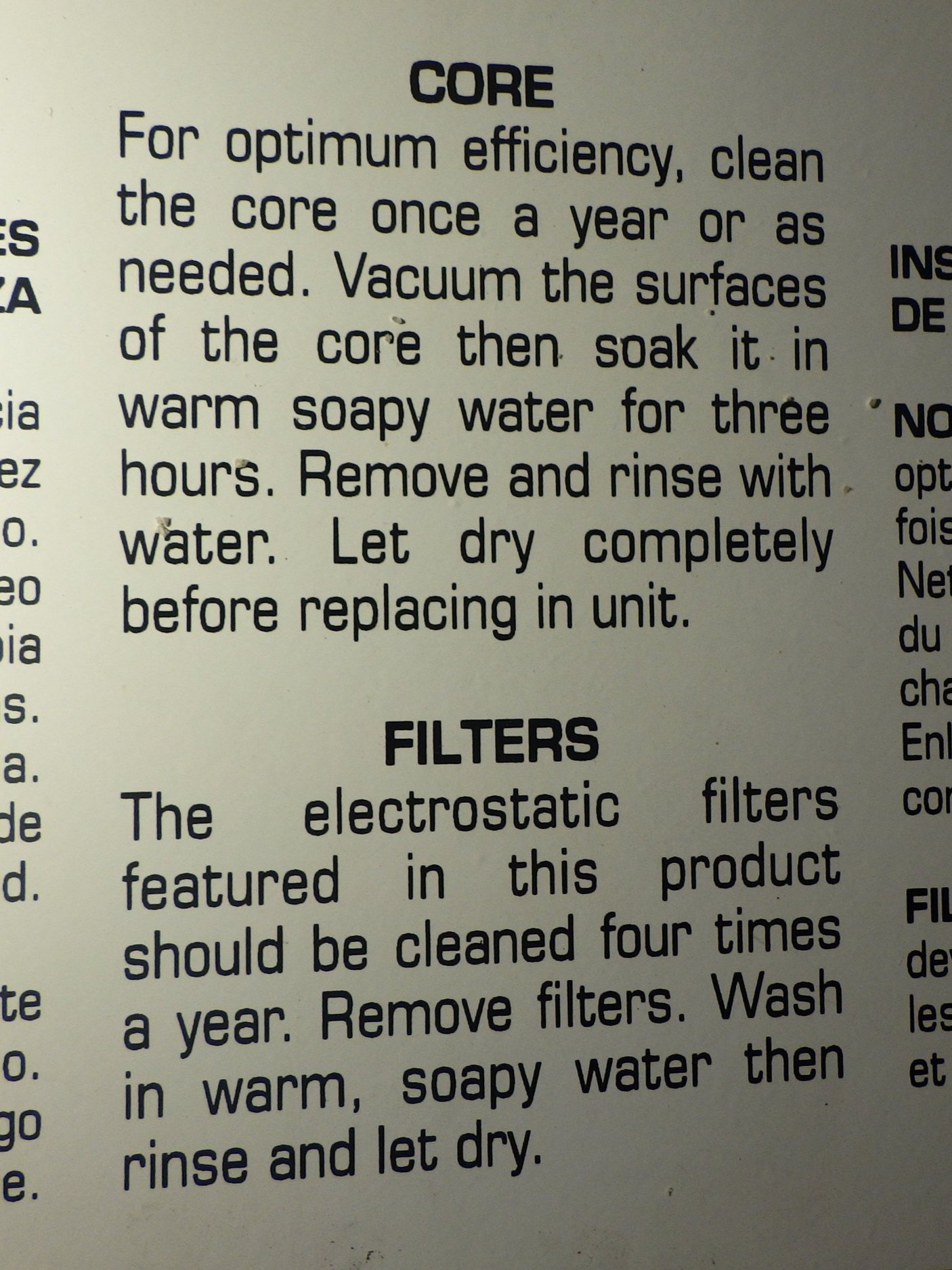The Alberta New Home Warranty Program is a legislation designed to provide peace of mind for new homebuyers and ensure builders uphold construction quality standards. Since the introduction of the New Home Buyer Protection Act in 2014, all newly built homes in Alberta must include a mandatory warranty that meets or exceeds minimum coverage terms. For home buyers, understanding the structure and implications of this warranty is vital in going through a new home purchase and having accurate expectations. The warranty is dictated by the Construction Performance Guide, but we will just call it the New Home Warranty Guide!
The 1-2-5-10 model.
One year for materials and labor, two years for delivery and distribution systems (such as plumbing, electrical, and HVAC), five years for the building envelope (including the roof and exterior walls), and ten years for structural integrity (such as foundations and load-bearing walls).
For example, a homeowner noticing cracking in drywall during the first year is eligible for a warranty claim, but a homeowner finding a bowing floor board at 13 months after possession might be left out to dry.
Not all Builders Offer the Same Level of Warranty Service
While many builders are fast acting and quick to service the home when a new owner finds a deficiency (like at a home inspection), others are not (not a big surprise to those in the industry). My role that I play as a home inspector with new home warranty knowledge is to keep an open line of communication with the owner and offer continued support so that their home is in perfect condition by the time the warranty expires. It is not uncommon for me to have 10 to 20 email exchanges with the owner and/or builder to get issues resolved. These emails often require me to back up my findings with code references or snap shots from the warranty guide itself.
So, what does the New Home Warranty Guide Look Like?
It is a 340 page document that covers most obvious problems a new home can have. From basics such as drywall cracks, flooring issues, and grade tolerances to what type of foundation cracks require repair and what type of rock a window well should be filled with. It is a fantastic resource that comes in very handy when a builder needs to be held accountable.
If you are at all like me and like to nerd out on 340 page technical documents, here is the link so you can cruise through it! New Home Warranty Guide
For Realtors:
From a realtor's perspective, it's important to emphasize that not all builders offer the same level of service and warranty. While the minimum terms are standardized by law, some builders enroll with third-party warranty providers like the Alberta New Home Warranty Program and offer extended or enhanced protection beyond what the legislation requires. Realtors should also be aware that coverage begins at substantial completion, occupancy, or transfer of possession—whichever comes first—so resale of a new home within the first ten years often includes remaining coverage, which can be a strong selling point.
As always, feel free to give me a call or shoot me an email if you have any questions!
Zach Pentyliuk
780-777-6204
zachpentyliuk@gmail.com










